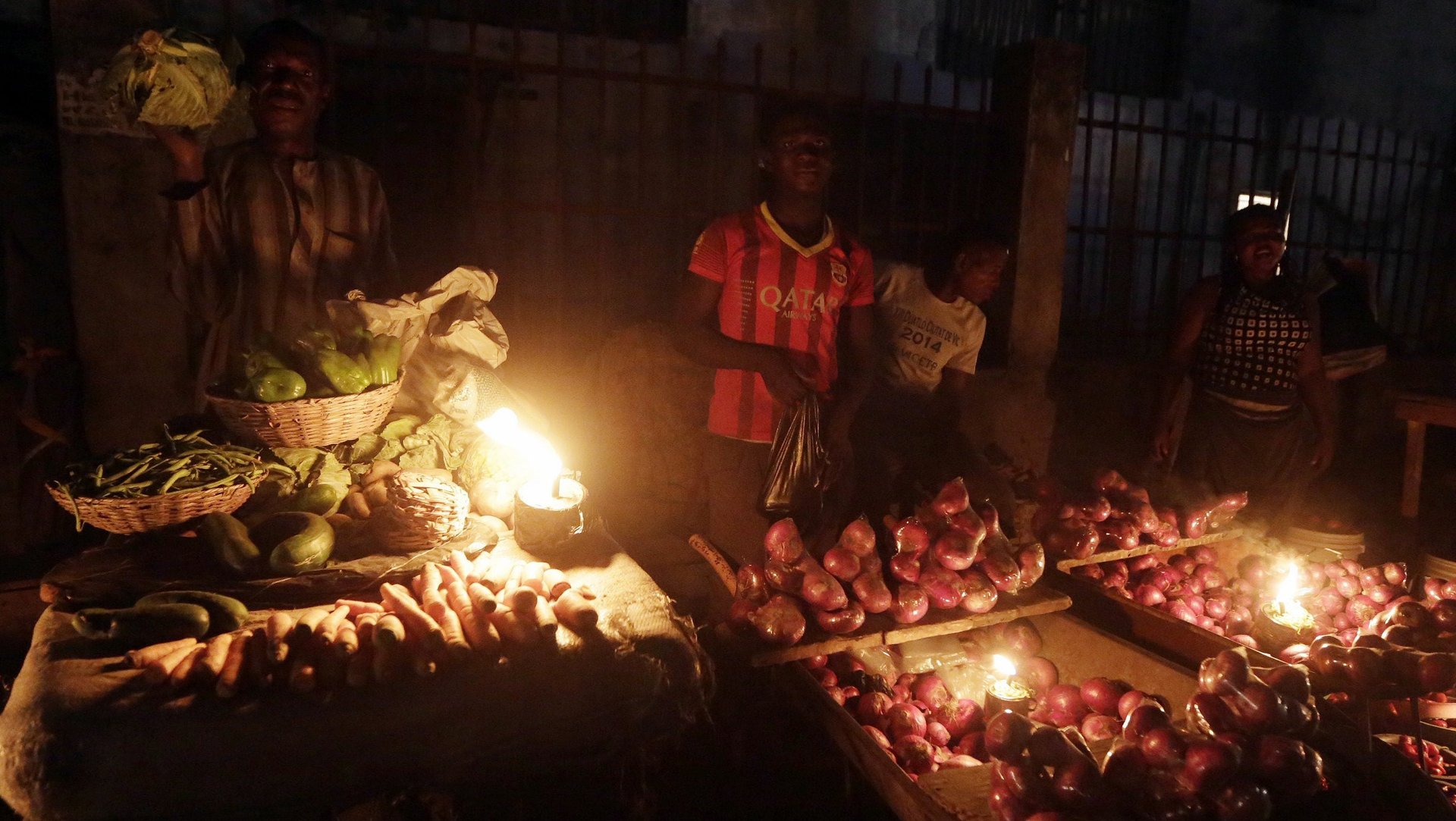Why a rural African family without electricity might prefer a kerosene lamp to cheaper solar
The idea that technology and innovation can have a meaningful impact on African countries is something championed in many of the stories you’ll read on Quartz Africa. We regularly see ingenuity across the continent as different communities try to get around daily challenges, in many cases requiring that they overcome long-term infrastructural deficits.


The idea that technology and innovation can have a meaningful impact on African countries is something championed in many of the stories you’ll read on Quartz Africa. We regularly see ingenuity across the continent as different communities try to get around daily challenges, in many cases requiring that they overcome long-term infrastructural deficits.
For example, in Somalia, pastoralists hit by increasingly regular droughts are grappling with losses to their valuable herds of goats and sheep. So a tech company founded by a former goat herder, a Somali now based in Sweden, has focused on creating a digital livestock market that is open all year round. The idea is to get investors to purchase livestock from locals, injecting much-needed cash into the market. The crowdfarming platform, Ari.farm, allows investors to name their animals and follow their progress online.
Over in South Africa, a rural community in Eastern Cape where few people have electricity has set up its own ISP. The innovation here is not necessarily the technology (though it is a solar-powered wireless network). Rather, it’s the use of a community-owned, nonprofit model to bring affordable voice and internet services to locals in a remote area. It would have been less likely for a commercial business to set up shop there anytime soon.
A research paper from French business school Insead emphasizes the point that innovation comes not just in the devices and infrastructure, but also in figuring out how to deliver the best service with the most impact. The researchers looked at why some of the world’s poorest rural dwellers, who live without grid-electricity, can still prefer kerosene lamps for light even when cheap, rechargeable lamps are available.
The very short answer is that some consumers, particularly those at the “bottom of the pyramid,” show a preference for the flexibility of kerosene in terms of its availability—which users gauge against the “inconvenience costs and high blackout costs” of other new lighting technology. In other words, a low-income rural dweller in Africa or Asia has to decide whether to fully charge a solar lamp for it to work for 18 hours versus buying a small quantity of kerosene for a couple of nights. Kerosene, despite its higher energy cost and the pollution externality, might feel like the better bet—even if, in the long term, it’s not.
Insead’s researchers suggest several modeling options to help off-grid energy businesses adapt better to their marketplace. But a universal rule applies. For innovation to truly have impact, it has to spread throughout the system, not just in the technology labs.